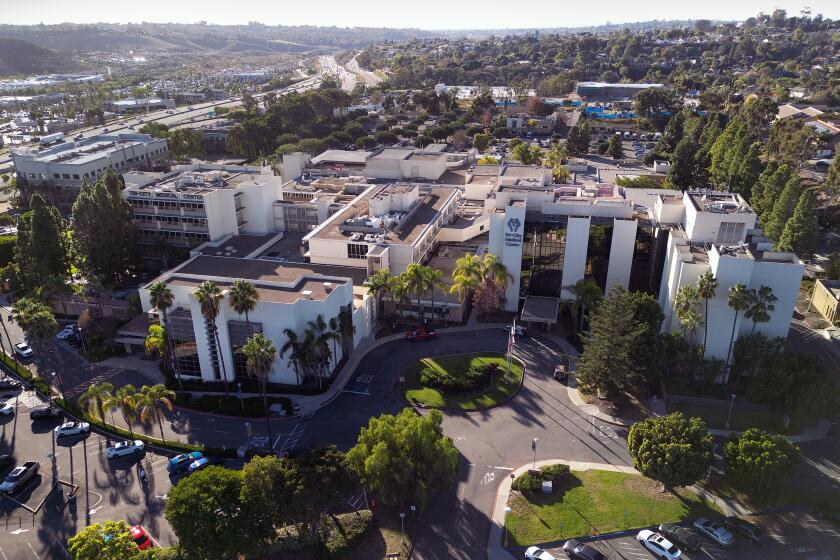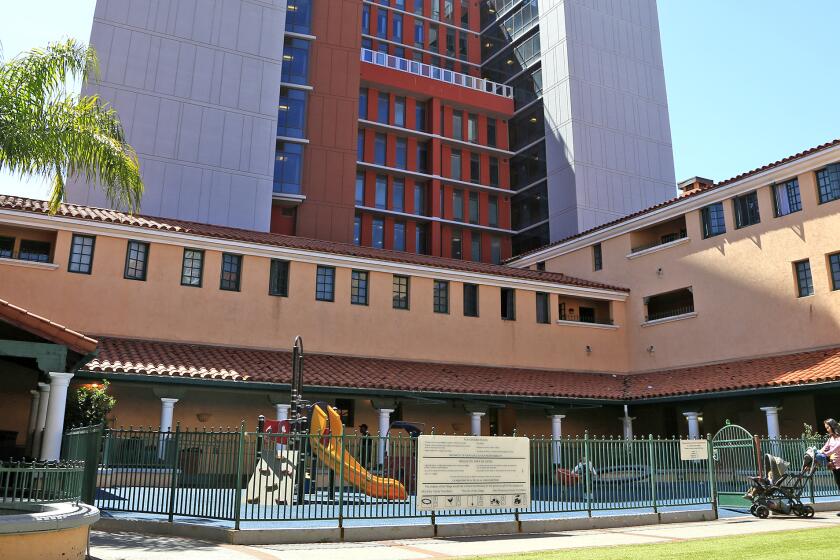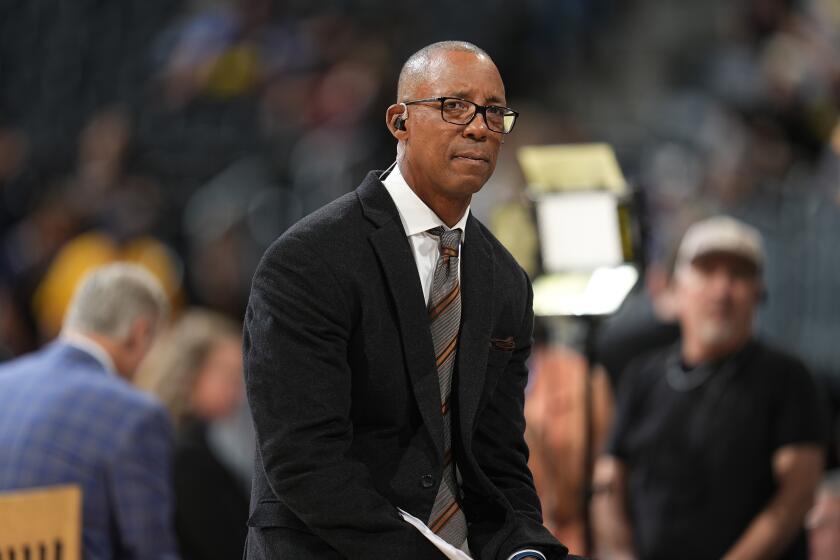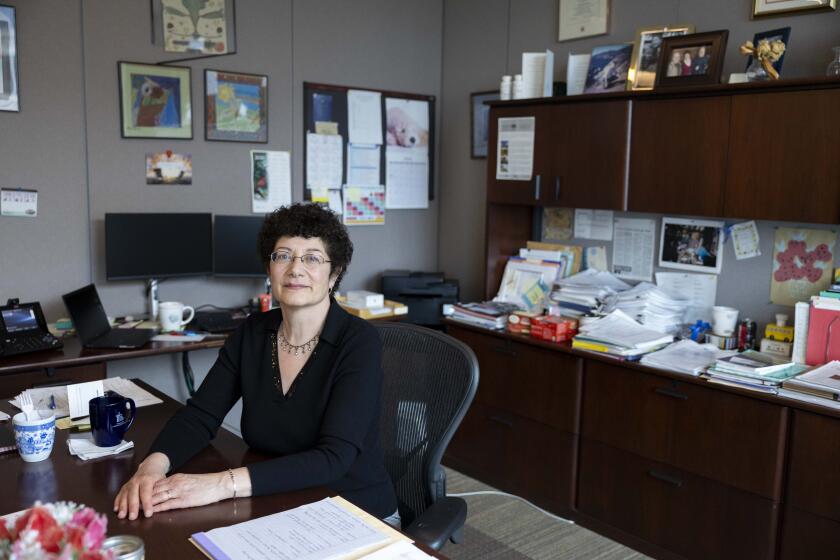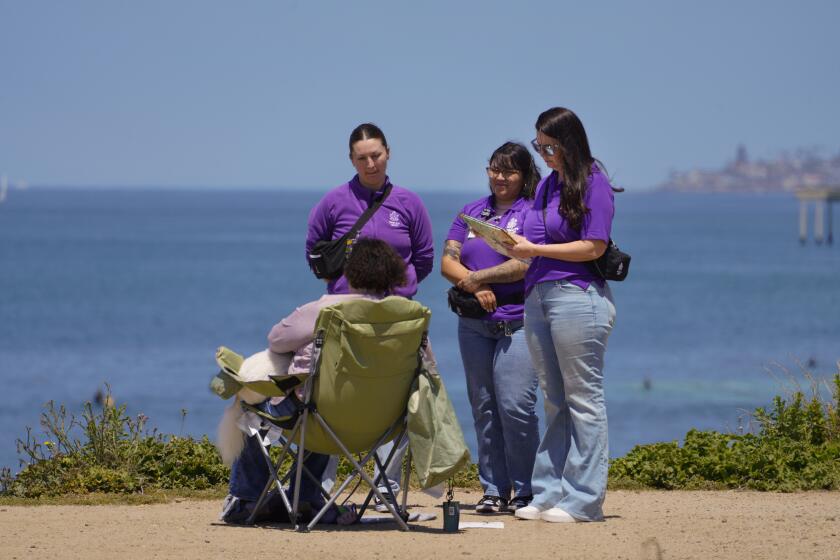Health coverage for 24,000 of San Diego County’s neediest residents could be in jeopardy

First batch of Medi-Cal renewals due by June 30. Federal government expresses concern that process is moving slower than it should
On April 24, the county mailed more than 26,000 Medi-Cal renewal packets to San Diego County’s neediest residents whose health insurance coverage started in the month of June. So far, only about 2,400 of those packets have been returned.
These folks have until June 30 to complete the paperwork and prove to the government that they still qualify for Medi-Cal coverage. If they fail to do so by the deadline, the process of ending their health insurance will begin.
It is a situation that is causing concern nationwide.
On Tuesday, Daniel Tsai, deputy administrator and director of the federal Center for Medicaid and CHIP Services, said that applications have been trickling in at a slower-than-expected pace across the United States.
In some states, though not yet in California, termination letters are already in the offing.
“When we look at the numbers preliminarily coming out of states, of course, we are deeply concerned when we see large termination numbers, in particular for non-response, because our concern is that they’re eligible kids and families that, because of a lack of awareness of what is happening and what has resumed ... that people will not make it through the coverage transition,” Tsai said.
Medicaid — called Medi-Cal in the Golden State — is last-resort health insurance for Americans in need, and it has been requiring recipients to prove that they qualify for benefits annually since the program first started in 1965. But that tradition stopped during the COVID-19 pandemic. The idea was to remove all barriers to coverage at a time when many were losing jobs due to stay-at-home orders.
However, with the recent end of the federal state of emergency, the federal government has directed states to resume the annual Medicaid reauthorization process for the 93 million Americans currently enrolled.
That’s about 15 million who will have to go through the process in California; about 1 million live in San Diego County.
Renewal is not happening all at once.
County administration offices are sending out renewal packets on a month-by-month basis that is organized around the month in which a beneficiary’s Medi-Cal coverage first started. Those with start dates in June, regardless of particular year, are the first in California to start receiving packets. The renewal process will roll forward month-by-month, finishing the annual cycle with those whose coverage started in May of any year receiving their packets in early 2024.
The current slow pace of paperwork, then, represents only one-twelfth of the total process, and the number of renewal packets mailed for June enrollees does not show the full picture.
More than 46,000 county residents actually started coverage in June; about 20,000 of them have already been automatically renewed. Nearly 13,000 who obtained their coverage through an Affordable Care Act health insurance exchange were granted renewal after electronic income verification. And about 7,000 are also enrolled in another state program such as the food assistance program Cal Fresh or the employment assistance program Cal Works. Income proof provided to qualify for those programs is simultaneously used to check the boxes for Medi-Cal.
Generally, individuals making slightly less than $19,000 per year in modified adjusted gross income, and a family of four earning about $38,000 per year, qualify for Medi-Cal coverage, though a separate process that takes into account property value, household income and other factors can also be used for qualification.
Rick Wanne, director of Self-Sufficiency Services for San Diego County, said in an email this week that he believes ongoing outreach efforts underway across the region will help close the paperwork gap.
“We know we have all of June still to go, and we think, with the additional media, social media and notices that will go out mid-June for anyone who has not returned a packet, that things will be in good shape,” Wanne said.
Of course, it is expected that some will simply not respond because their life circumstances have improved since 2020, when the annual Medi-Cal recertification process went on hiatus.
“There is an unknown population each month who will no longer be eligible and already have other health care in place,” Wanne said.
San Diego County, for example, saw its total Medi-Cal rolls grow from about 700,000 to more than 1 million during the pandemic.
For those who do not respond by the June 30 deadline and end up getting their coverage canceled, all is not lost. Wanne noted that there is a three-month period after termination where coverage can be restored quickly.
And those who work most closely with Medi-Cal patients are not sitting on their hands.
Christin Grisko, an operations director for Vista Community Clinic in North County, said Wednesday that her organization just this week received a large number of renewal packets for many of the patients it serves. Appointments for a dozen enrollment counselors, she said, filled up quickly and are now booked solid over the next two weeks.
VCC and all other local federally authorized community health centers, she said, are querying their own electronic health records to try and determine whose renewals should be coming up. Text messages are then sent to patients asking them to come in and get help completing paperwork.
“A huge amount of patients actually call us back based on receiving a text message and let us know that they have not received a packet in the mail because they moved and they never updated their home address with Medi-Cal,” Grisko said. “I think one of the huge barriers is just that so many folks moved.
“You know, with so much remote work going on, you can see that people have left the city and, you know, maybe moved out to the suburbs.”
Get Essential San Diego, weekday mornings
Get top headlines from the Union-Tribune in your inbox weekday mornings, including top news, local, sports, business, entertainment and opinion.
You may occasionally receive promotional content from the San Diego Union-Tribune.



